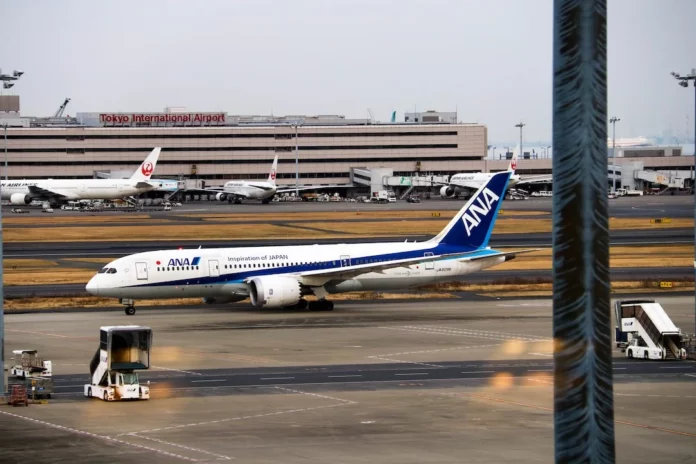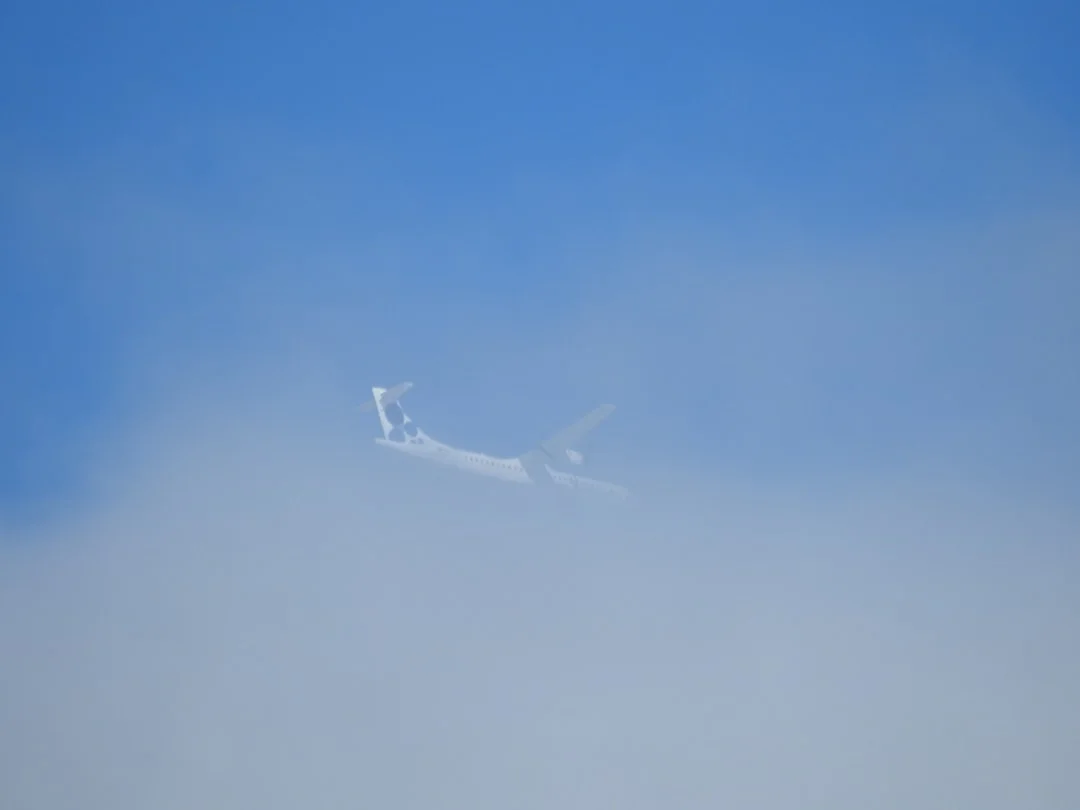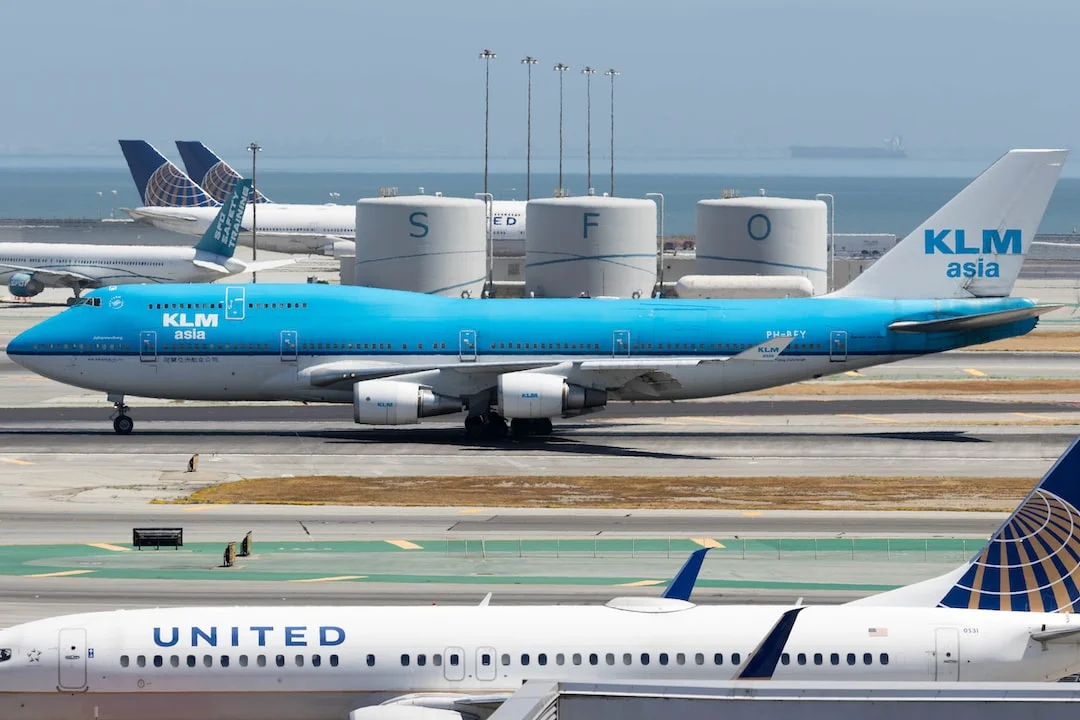Vertical Navigation, commonly referred to as VNAV, is a system used in the Airbus A320 aircraft to manage the vertical profile of flights. It is a highly sophisticated technology that enables the aircraft to calculate and execute optimal climb and descent paths based on various factors such as aircraft performance, weight, weather conditions, and airspace constraints.
VNAV plays a crucial role in maintaining safety, efficiency, and accuracy during different phases of flight, including takeoff, climb, cruise, descent, and landing. By precisely calculating the required altitudes and vertical speeds, VNAV helps pilots adhere to specific departure and arrival procedures, minimize fuel consumption, reduce noise pollution, and enhance overall flight performance.
The Functionality of Vertical Navigation
To understand the functionality of VNAV, it is important to grasp its integration within the Flight Management System (FMS) of the Airbus A320. The FMS is a comprehensive computerized system that manages and controls all aspects of an aircraft’s flight, including navigation, autopilot, and performance calculations.
VNAV utilizes the data provided by the FMS to accurately calculate the optimal vertical flight profile based on multiple parameters. These parameters include the desired altitude, speed constraints, distance to the destination, fuel consumption, and operational requirements.
During the climb phase, VNAV calculates the best vertical speed and altitude to efficiently reach the desired cruising altitude. It considers the aircraft’s performance capabilities, taking into account factors such as engine thrust, weight, and speed restrictions. This ensures that the climb is smooth, safe, and fuel-efficient.
Similarly, during descent, VNAV calculates the optimal vertical speed and altitude to ensure a controlled and efficient descent to the destination airport. It takes into account factors such as airspace constraints, arrival procedures, and speed restrictions. By following the calculated vertical profile, pilots can maintain stability, reduce the risk of turbulence encounters, and comply with air traffic control instructions.
Throughout the flight, VNAV continuously monitors the aircraft’s flight path and makes adjustments as required. It can modify the vertical speed, altitude, or descent profile based on real-time data, including changes in weather conditions, air traffic control instructions, or unexpected events. This flexibility allows for efficient and safe operations.
Benefits of Vertical Navigation
The implementation of VNAV in the Airbus A320 offers several benefits for airlines, pilots, and passengers alike. Let’s explore some of the key advantages:
1. Fuel Efficiency and Cost Savings: VNAV enables pilots to fly optimized vertical profiles, resulting in reduced fuel consumption and lower operating costs for airlines. By following precise climb and descent paths, the aircraft can take advantage of favorable winds, minimize drag, and avoid unnecessary altitude changes. These factors contribute to significant fuel savings over the course of a flight.
2. Noise Abatement: VNAV helps in reducing noise pollution around airports by providing accurate vertical profiles for departure and arrival paths. By adhering to specific altitudes and descent rates, the aircraft can minimize noise impact on surrounding communities, improving the overall environmental sustainability of air travel.
3. Compliance with Air Traffic Control Procedures: VNAV allows pilots to precisely follow air traffic control instructions regarding altitude changes, speed restrictions, and arrival procedures. This enhances safety, reduces the workload on pilots, and promotes efficient communication between the aircraft and air traffic controllers.
4. Improved Flight Performance and Passenger Comfort: By maintaining a smooth and controlled vertical profile, VNAV ensures a more pleasant and comfortable flight experience for passengers. It reduces the likelihood of turbulence encounters, provides a stable climb and descent, and minimizes abrupt altitude changes, leading to a smoother journey.
Conclusion
Vertical Navigation (VNAV) plays a vital role in the Airbus A320 aircraft, enabling precise control and management of the vertical flight profile. By calculating optimal climb and descent paths based on various factors, VNAV ensures safety, efficiency, and accuracy during different phases of flight. Its integration within the Flight Management System (FMS) allows for continuous monitoring and adjustments, providing flexibility and adaptability in real-time. The implementation of VNAV brings numerous benefits, including fuel efficiency, noise abatement, compliance with air traffic control procedures, and improved flight performance. It is a crucial technology that enhances the overall flight experience and contributes to the sustainability of air travel.




